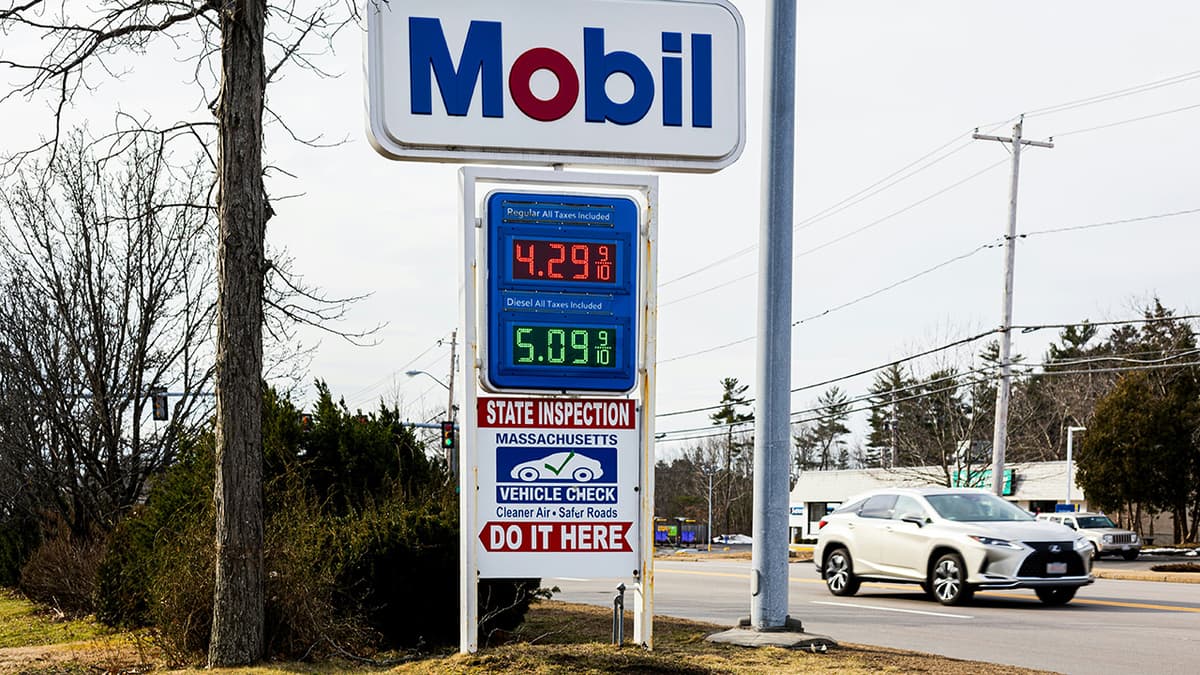The Four Estates in America
In America, the concept of the four estates helps to explain the different layers of social order and influence within society. These estates have evolved over time, playing significant roles in governance, law, media, and the broader public sphere. Let’s break down what each of the four estates represents in contemporary America.
The First Estate: The Clergy
Historically, the clergy represented the First Estate, serving as spiritual leaders and moral authorities in society. In the past, these figures wielded significant power, influencing both politics and everyday life. In modern America, the church has a more complex role. While individual religious leaders and organizations still hold sway over many people's lives and decisions, the separation of church and state makes their influence less direct in the political realm. Nevertheless, religious groups continue to impact social issues, often advocating for positions on controversial matters like healthcare, education, and civil rights.
The Second Estate: The Nobility
The Second Estate, representing the nobility, is more challenging to identify in America. Unlike European systems of inherited titles, American society has a merit-based approach to status. In the current context, this group can be viewed as the wealthy and influential business leaders, those who possess significant resources and power. They often shape public policy and business practices through lobbying and political donations. The influence of this estate is seen in how economic decisions affect ordinary citizens and local communities.
The Third Estate: The Common People
The Third Estate traditionally represents the common people or the working class. In America, this estate is diverse, comprising a wide array of individuals with varying backgrounds, occupations, and economic statuses. The voice of the Third Estate can be powerful, demonstrated through movements like labor rights and civil rights advocacy. Social media platforms have also given this estate a new avenue to organize and express collective interests. Engaging in protests, voting, and community organization empowers the common people to impact policies and societal norms.
The Fourth Estate: The Press
The Fourth Estate refers to the media and press, which serve as a watchdog on the other estates. Journalists and news organizations play a critical role in informing the public, shaping opinions, and holding those in power accountable. In America, the press is considered fundamental to democracy, providing citizens with the information needed to make informed decisions. The rise of online platforms has transformed how news is consumed and shared, allowing for more voices to emerge but also introducing challenges related to misinformation.
The four estates in America represent different segments of society, each with unique roles and influences. The interplay between these estates shapes the democratic process and reflects the complexities of American life. Recognizing their significance allows us to appreciate the layers of societal structure that influence our daily experiences.












